Donald Trump’s return to the White House has so far seen the US president travel to foreign lands to sign billion-dollar deals, attend lavish royal welcomes and attempt to forge elusive peace agreements amid conflicts and crises.
And on September 16, 2025, he is expected to visit the United Kingdom for a second state visit with King Charles III hosted at Windsor Castle.
Meanwhile, leaders from across the world have visited the White House during Trump’s second term.
Examples include everyone from El Salvador’s president, Nayib Bukele, who visited in April, to Jordan’s King Abdullah II, who came to Washington in February.
And all eyes were on the recent summit in Alaska between Trump and Russian President Vladimir Putin.
Of course, this represents only a fraction of the total miles clocked by prime ministers, presidents and other heads of state and government. But what can we learn from the travel trends of world leaders?
With our colleagues at the University of Denver’s Pardee Institute for International Futures, we have meticulously cataloged every known, observed overseas trip taken by the primary heads of government and state from more than 200 countries from 1990 through 2024.
Our Country and Organisation Leader Travel dataset is a first-of-its-kind, publicly available dataset that allows us to thoroughly examine the causes, consequences and patterns of high-level leader diplomacy.
Even a cursory look illustrates how much the world has changed in recent decades. One of the first trips in the COLT dataset is former Czechoslovakian Prime Minister Marian Calfa’s visit to the German Democratic Republic on the day after New Year’s Day 1990.
Neither country exists any longer. One of the more recent trips in COLT is a November 2024 visit to Azerbaijan by the president of Montenegro, neither of which country existed as an independent entity until 1991 and 2006, respectively.
Here are a few broader lessons we have learned so far from the more than 100,000 trips taken by world leaders in the past 35 years.
Who and where reveals geopolitical trends
The travel patterns of leaders are a powerful indicator of their priorities and perceived importance of other nations.
Many leaders have made a point to get face time in the White House in the United States, for example, while far fewer have made a point of visiting the Blue House in South Korea.
One way to assess a country’s perceived power is through the balance of leader-level foreign travel to and from the country.
Again, take the US for example. Our data tracks over 500 overseas trips by US presidents since 1990, contrasted with more than 6,000 visits by foreign leaders to the United States.
These inbound visits to the US span the spectrum from major events such as the annual United Nations General Assembly in New York and formal state dinners to numerous lower-profile meetings where a foreign head of government or state may not even secure an audience with the US president.
Crucially, the president’s meeting schedule and choices illuminate which international issues – such as Russia’s war in Ukraine – are paramount and which countries and leaders hold greater strategic significance.
To understand global power dynamics more broadly, consider the stark difference in net visits for the US and Canada. The US, with 260 received visits versus only seven taken by its leader, President Joe Biden, in 2024, demonstrates a high imbalance.
In contrast, Canada exhibits a much more balanced diplomatic exchange. In 2024, the Canadian prime minister, Prime Minister Justin Trudeau, made 13 foreign trips – each country visited counted as a unique trip – while the country received only 12 visits from other heads of government or state.
This “net visit” metric offers a compelling way to understand a country’s relative importance on the global stage.
While the power differential between the US and Canada may be obvious, we can conduct similar comparisons for countries across the globe.
On the other end of the spectrum from the US is Somalia.
Its president has travelled abroad eight times more than all other countries have visited Somalia between 1990 and 2024 – 334 trips abroad versus 40 visits received.
During that same time period, neighboring Kenya has roughly broken even, with 501 presidential trips abroad and 557 top leader visits received.
Heads of state are increasingly on the move
World leaders are also travelling significantly more than they did 35 years ago.
In the 1990s, an average of 1,508 overseas trips by heads of government or state occurred annually. Since 2010, this average has surged to approximately 2,734 trips per year.
This increase in global leader travel is accompanied by notable shifts in regional representation. African leaders, for instance, now account for a larger proportion of total overseas trips.
From 1990 to 1994, they composed about 20 per cent of all world leader travel; this figure rose to roughly 30% between 2020-2024. This has coincided with Africa’s increasing economic integration and continental cooperation through the African Union.
Conversely, the relative share of international travel by Latin American leaders has declined. Their proportion of global leader travel fell from around 15 per cent in 1990-1994 to about 10 per cent since the onset of the Covid-19 pandemic in 2020.
Like all others, Latin American leaders of today on average travel more than they once did, but other leaders from other regions are travelling even more.
Asian leaders show a similar relative decrease, dropping from roughly 25 per cent of all world leader trips in 1990-1994 to just over 17 per cent from 2020-2024.
This trend for Asian leaders coincides with the popular narratives surrounding the “ Asian century,” suggesting that for leader travel, the continent’s ascendance may primarily apply just to China.
As one indication of this fact, China received 78 visits from other countries’ top leaders from 1990-2000, whereas that figure from 2010-2020 was 133, a number that would have been higher had global travel not halted during the Covid-19 pandemic.
Most leaders stick to their neighbourhoods
A pivotal characteristic of contemporary global leader travel is its predominantly intraregional nature.
Leaders overwhelmingly prioritise visits to countries within their own geographic areas: African leaders to other parts of Africa, European leaders to countries in Europe, and so on.
This phenomenon fits a general trend toward multipolarity, where the geopolitical landscape is no longer defined solely by the bipolar rivalry that characterised the Cold War.
While this concentrated regional diplomacy may not consistently garner front-page headlines, especially in US media outlets, it is a crucial arena for achieving significant geopolitical gains such as enhanced trade and investment.
The CARICOM Summit, held in Barbados in February 2025, serves as a case in point.
During the summit, Caribbean heads of government and state convened to address a range of shared regional issues, strengthen internal trade agreements, finalise cooperation accords and deliberate on broader geopolitical concerns, underscoring the critical importance of these intraregional diplomatic efforts.
Some leaders just want to have fun
Beyond the strategic imperatives of statecraft, the travel patterns of world leaders occasionally reveal a significant personal dimension.
For example, Ecuadorian President Daniel Noboa made eight trips to the US in 2024, with four – including family vacations – explicitly designated as personal.
Another illustrative case is that of the former Belize Prime Minister Dean Barrow, who frequently travelled to the US for personal engagements, ranging from necessary medical treatments to leisure pursuits, such as prioritising exclusive restaurants like the now-closed, once celebrity-frequented Madeo in Los Angeles.
Recently, Trump managed to mix business and pleasure, “meeting the UK and Scottish heads of government in between rounds of golf,” as the BBC reported.
Where leaders go tells us where we are headed
So, what can we make of Trump’s recent travel plans?
In terms of US presidents, his summer itinerary was, in general, mostly more of the same than a break with the past mixing of geopolitics and the occasional side of personal interests.
This is not to say that nothing has changed, however. Were it not for the death of Pope Francis, the first overseas trips by Trump in his first and second terms in office would have been to Saudi Arabia.
This may be an indication that the Gulf region plays a broader role in Trump’s geopolitical calculations than it did for past US presidents. It may also simply be another idiosyncrasy of Trump.
Whatever the case, our COLT dataset offers broad perspective of the incredibly complex nature of global diplomacy.
From high-stakes official visits to personal trips, understanding where leaders go, and why, is crucial to grasping the evolving landscape of international diplomacy.
Also Watch:
Kylie McKee, Project Manager & Research Associate, University of Denver
Collin J Meisel, Director of Analysis, Pardee Institute, University of Denver
This article is republished from The Conversation under a Creative Commons license. Read the original article.


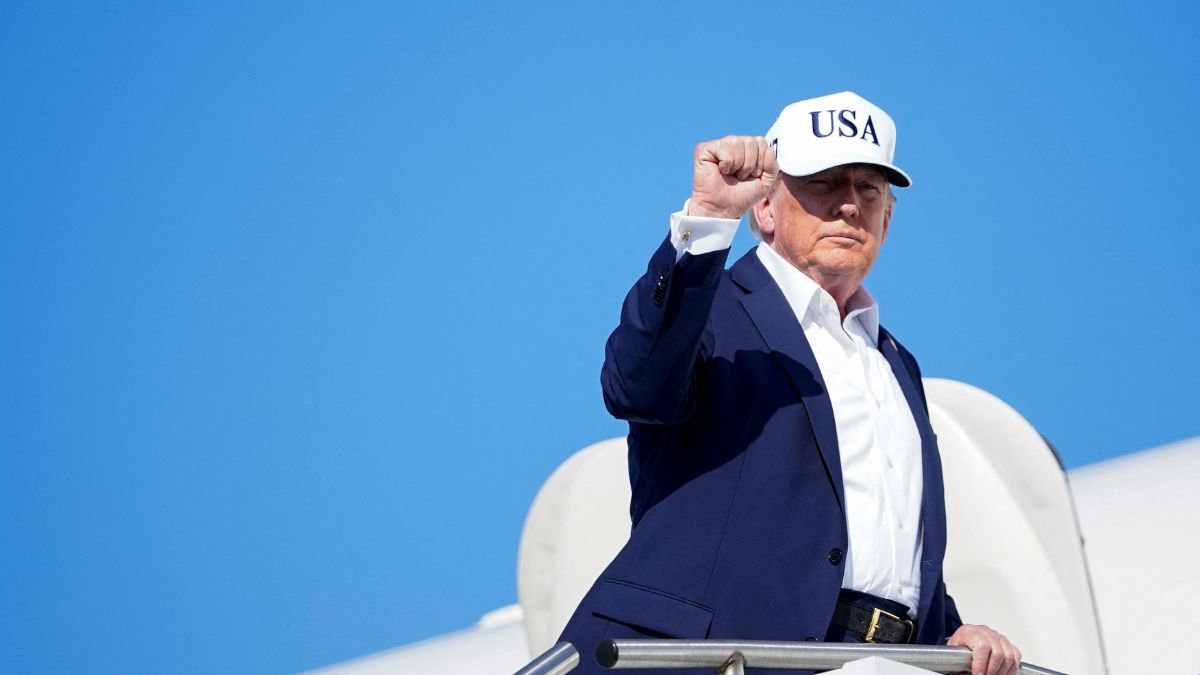)

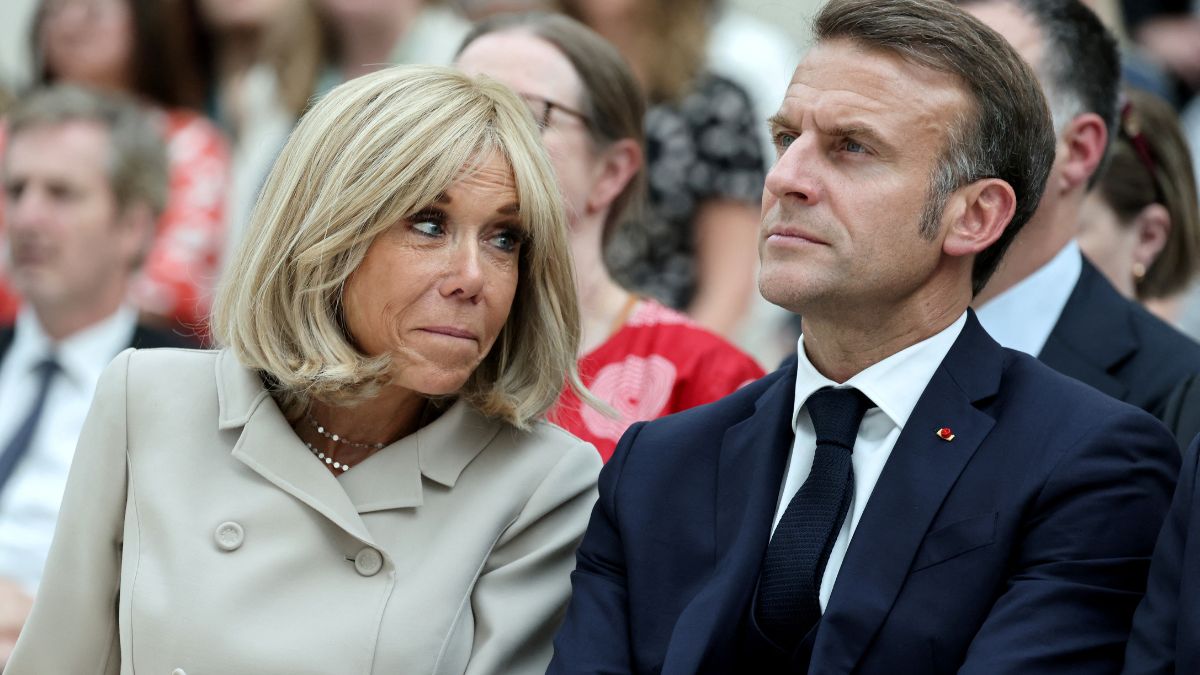)
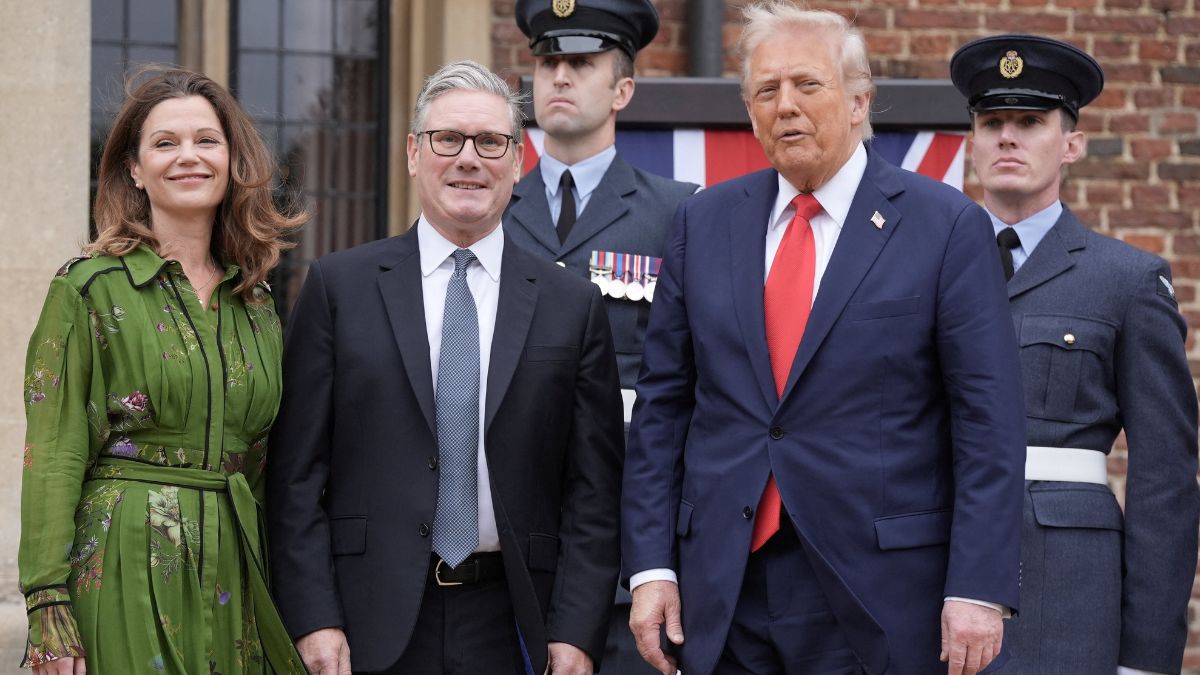)
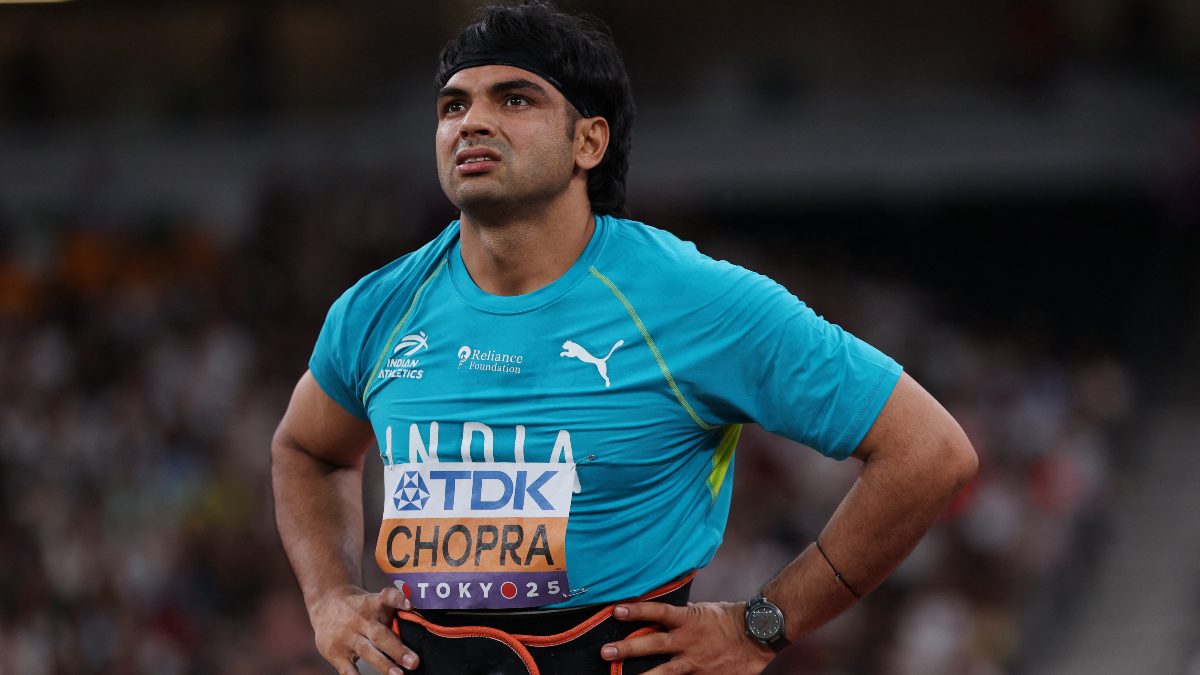)
)
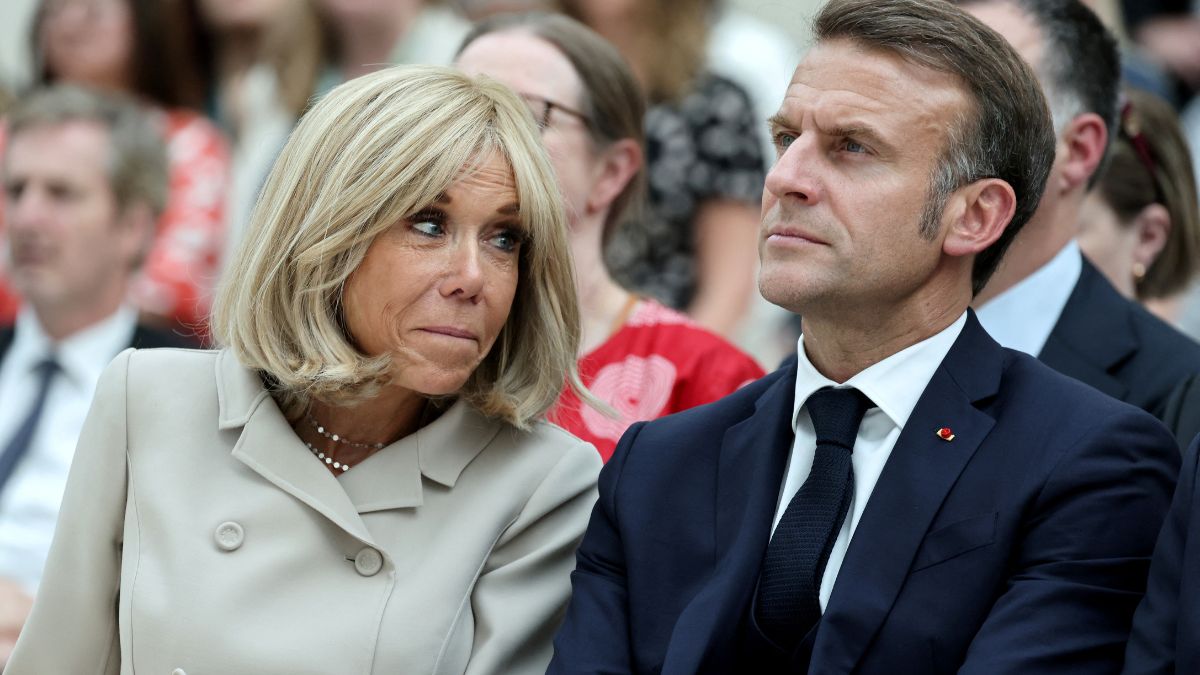)
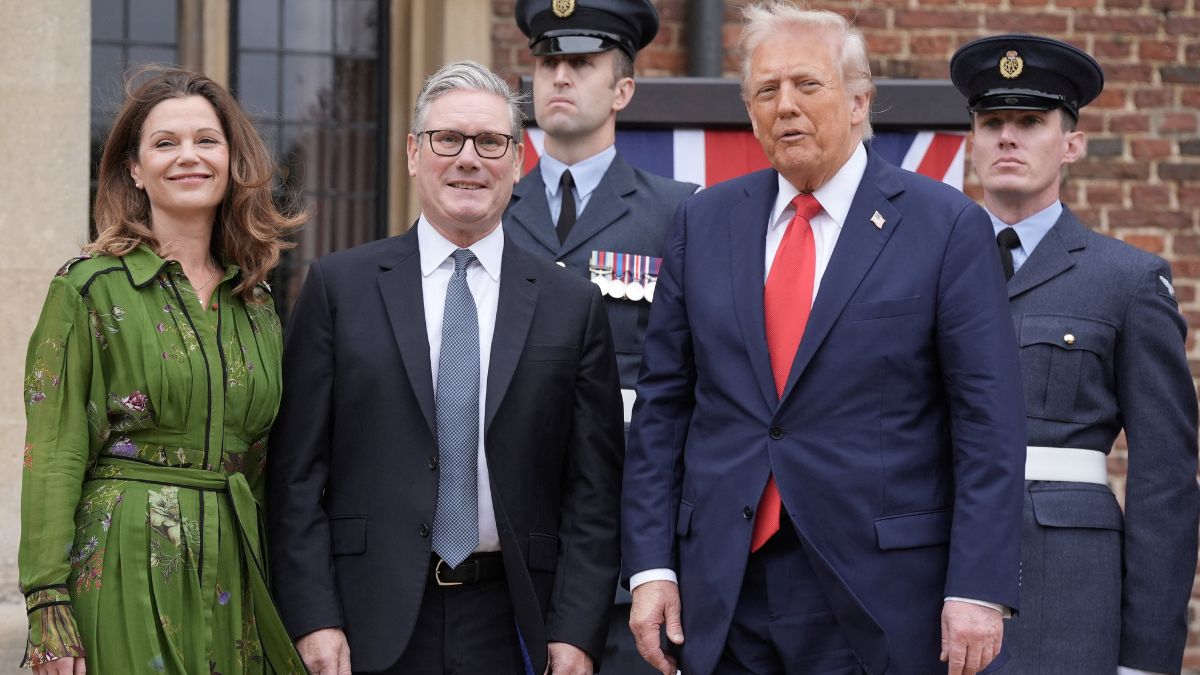)
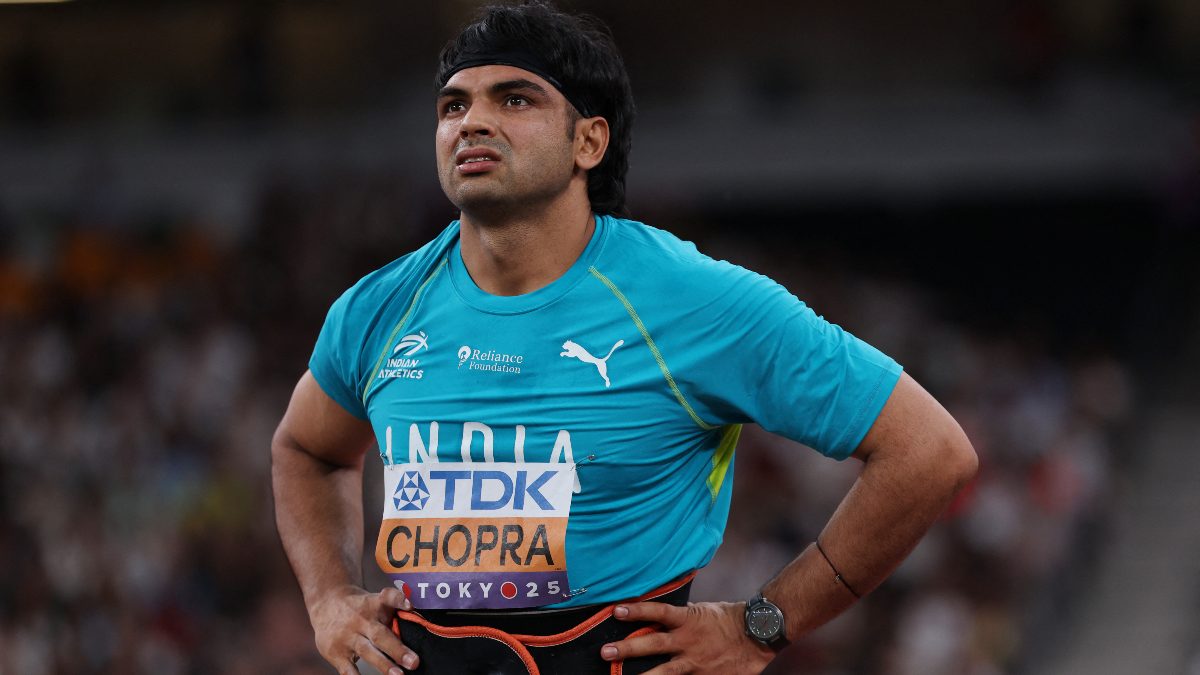)
)



